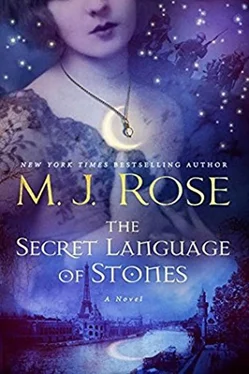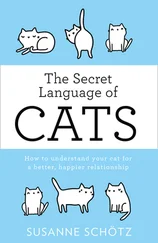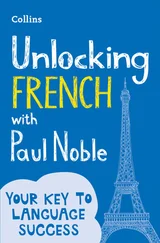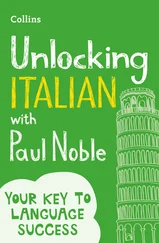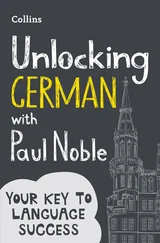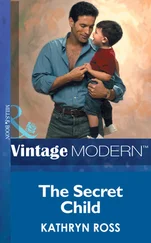To some, what I did might have seemed a paltry effort, but in the field, at the front, men didn’t have the luxury of stopping to pull out a pocket watch, open it, and study the hour or the minute. They needed immediate information and had to wear watches on their wrists. And war isn’t kind to wristwatches. A sliver of shrapnel can crack the crystal. A whack on a rock as you crawl through a dugout can shatter the face. Soldiers required timepieces they could count on to be efficient and sturdy enough to withstand the rigors of combat.
Monsieur Orloff taught me how to execute the open crosshatched grates that fit over the watch crystal through which the soldiers could read the hour and the minute. While I worked, I liked to think I projected time for them. But the thought did little to lift my spirits. It was their lives that needed protecting. France had lost so many, and still the war dragged on. So as I fused the cages, I attempted to imbue the metal with an armor of protective magick. Something helpful to do with my inheritance. Something I should have known how to do. After all, I am one of the Daughters of La Lune.
But as I discovered, the magick seemed to only make its way into the lockets I designed for the wives and mothers, sisters and lovers of soldiers already killed in battle. The very word “locket” contains everything one needs to know about my pieces. It stems from old French “ loquet ,” which means “miniature lock.” Since the 1670s, “locket” has been used to describe a keepsake charm or brooch with a personal memento, such as a portrait or a curl of hair, sealed inside, sometimes concealed by a false front.
My lockets always contained secrets. They were made of crystal, engraved with phrases and numbers, and filled with objects that had once belonged to the deceased soldiers. Encased in gold, these talismans hung on chains or leather. Of all the work I did, I found that it wasn’t the watches but the solace my lockets gave that proved to be my greatest gift to the war effort.
“Yes, I’m Opaline Duplessi,” I said to the woman who’d stepped into the workshop. “Can I help you?”
“I hope so. I was told you are able to-” She broke off. “It’s about my son-” She couldn’t finish.
The desperation in her voice told me everything. This tall woman with dark curls framing her pale face, with almost night-sky navy eyes, with her lovely lips trembling just a fraction, was shopping for solace.
My stomach clenched. No matter how often women called upon me to help, no matter how many lockets-or “speaking talismans,” as I called them-I made, each time I took on a new assignment I felt as if I were being cut and bleeding afresh. The pain never lessened, and I never became inured to it.
“My name is Denise Alouette and I have a son-” She shook her head. The curls fell, hiding her high cheekbones. “I had a son… who…” Her voice reduced to only a whisper, she couldn’t finish.
“I’m sorry.”
She quickly lowered her head, but not before I saw the single diamond tear.
“My only son.”
There was nothing I could say.
She took a moment to compose herself. “I’ve heard about you,” Madame Alouette continued, finally raising her face. “About what you do. At first I thought surely you must be a fake and make it all up. There are so many charlatans in Paris now, the police are finally cracking down.”
I knew all about the ancient French laws that were once again being enforced forbidding talking to the dead and reading fortunes. Monsieur Orloff warned me and his wife almost daily. With his strong Russian accent, the caution carried gravitas.
Madame Alouette fussed with her reticule. Taking out a lavender-colored tin, she opened it and offered me one of the deep purple sugarcoated violets and then took one for herself. In a moment, the candy’s sweet scent suffused the air.
“A friend of mine told me about the message you passed on to her from her son. She seemed better afterward… almost at peace. So I’ve decided it might be worth a try.”
I’d heard a version of this same speech many times before. Women who visited me at the shop were usually both skeptical and desperate.
“Let’s go into the showroom, it’s more comfortable,” I said as I got up. “It’s this way.” The workshop was no place for clients. In the middle of the well-lit room were four U-shaped wooden tables, all facing one another like a four-leaf clover. Now only two of the stations were occupied, Monsieur Orloff’s and mine. I was the sole full-time jeweler employed by the firm. Not only were precious metals and gems on our tables, but dangerous apparatuses also lay about: soldering guns and metal files.
“A piece of jewelry should be a marvel,” Monsieur Orloff once had told me. “A little miracle the buyer looks at with awe and amazement, not understanding how it came together.” He wore a perpetually serious expression and had deep frown lines etched upon his brow, but when he spoke about his jewels, a child’s delight shone in his eyes and echoed in his voice.
He loved invisible settings and was famous for them, as well as the otherworldly gems he searched out and used in his pieces. His artist’s eye found rubies that resembled wine turned to stone, emeralds as clear as a pool of water, sapphires that captured the essence of night, diamonds like stars pulled out of the sky, pearls glowing with the luminescence of the moon.
“How do you do it? How do you speak to those who have passed?” Madame Alouette whispered as I escorted her toward the private viewing room.
“I don’t think I do speak to them directly,” I said as I opened the door. “It feels more like I am able to access messages soldiers left behind as they passed over.” Or , I considered, it could be that I read your mind and hear what you wish he were saying. But I’d never admit that to a client.
“As if the messages are in the sky and you pull them out?”
“Yes.” I shrugged. “But I can’t be sure.” I held out a chair for her. “Here, have a seat,” I said.
She sank down with the relief of someone who’d been on her feet for days.
“Can I get you coffee or some tea?”
“Coffee, yes, please.”
Returning to the workroom, I turned on the kettle, prepared the press with grinds, then stocked a silver tray with Monsieur Orloff’s Limoges china service: cups and saucers with a green, gold, and purple Russian imperial pattern.
Milk and sugar were often scarce because of the war, but we tried to always have some for clients, even if it meant going without ourselves.
Arranging the silver pitcher, sugar bowl, and coffee, I returned to the showroom to find Madame Alouette no longer at the table but standing, studying The Tree of Life .
Monsieur had wanted La Fantaisie Russe to be as much a work of art as the jewels inside its walls. An Art Nouveau masterpiece, the shop was one of the architectural commissions my father was most proud of. He’d chosen the themes of the wisteria vine and peacocks, the wisteria for welcome and the birds for their jewel-toned feathers. Walnut-veneered panels inlaid with purplish amaranth wood, to represent the cascading blossoms, covered the walls. The dual motifs were carried out in the carved showcases, as well as in the furniture, doorknobs, drawer pulls, lamp bases, and cabinet handles. Climbing vines carved into the wood led up from the floor to give way to blossoms hanging from the moldings, and vines framed the cabinets, doors, and windows. When it came to the lighting fixtures, standing lamp bases echoed the vines’ twisting trunks and the glass shades evoked the clusters of blossoms. The peacock color palette-amethyst, turquoise, sapphire, emerald-carried throughout the upholstery, rugs, and tiles laid around the shell-shaped fireplace and on the mosaic floor.
Читать дальше
